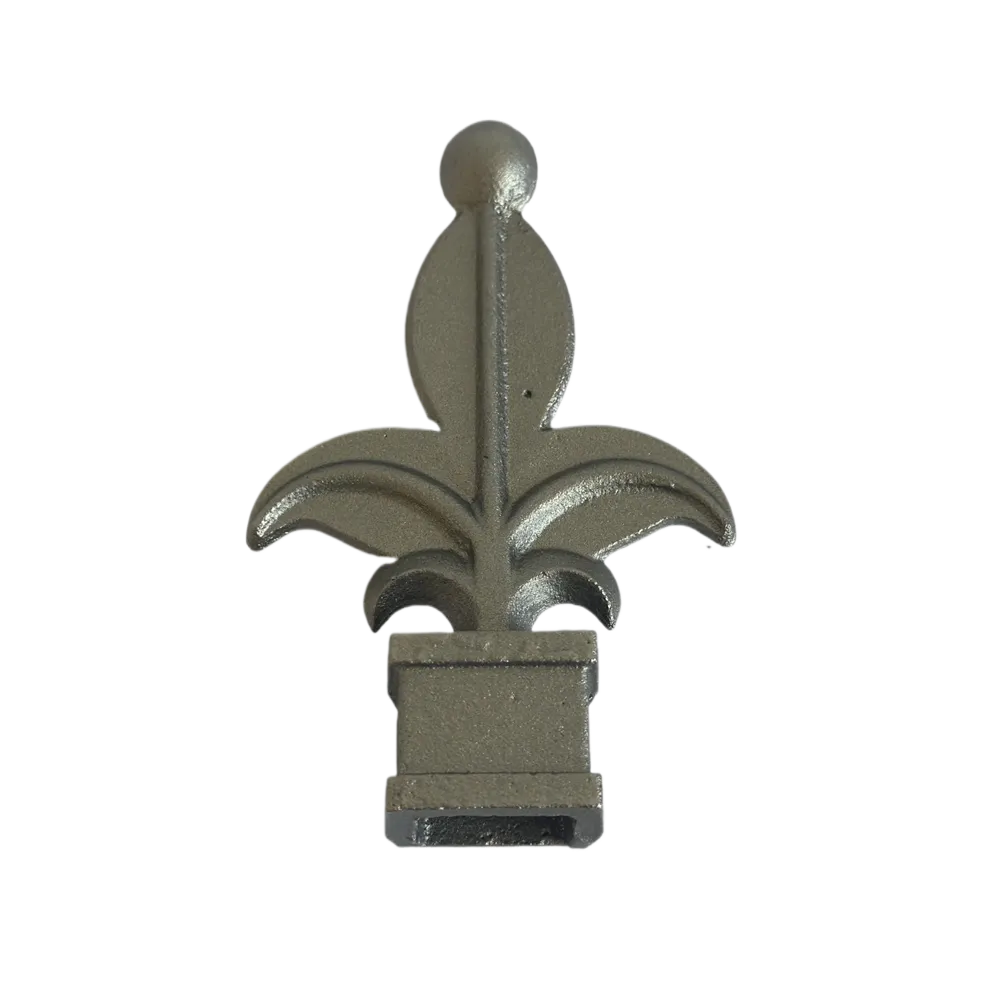Components of Metal Railing Systems for Enhanced Durability and Aesthetic Appeal
Understanding Metal Railing Parts A Comprehensive Overview
Metal railings are a popular choice for both indoor and outdoor applications, serving aesthetics, safety, and functionality. Whether you’re constructing a balcony, a staircase, or a deck, understanding the various metal railing parts is crucial to ensuring a sturdy and attractive railing system. This article will explore the key components, their functions, and considerations for choosing the right materials.
Key Components of Metal Railings
1. Posts The vertical elements that support the entire railing system. Posts are typically anchored to the ground or a structural wall and can be made from materials such as aluminum, stainless steel, or wrought iron. The height and spacing of posts often depend on local building codes, which dictate safety standards.
2. Top Rails The horizontal bar that runs along the top of the posts. The top rail provides structural integrity and serves as a handhold for users. Depending on the design, top rails can be simple and straight or have decorative elements that enhance aesthetic appeal.
3. Bottom Rails Also known as base rails, these parts run parallel to the top rail and provide additional support to the railing system. In many cases, they help prevent bending or swaying of the panels between posts.
4. Infill Panels These are the sections between the posts that provide the actual barrier of the railing. Infill can be made from various materials, including glass, wire mesh, or metal pickets. The choice of infill not only impacts the safety of the railing but also its overall appearance.
5. Balusters These are the vertical components that act as infill between the top and bottom rails. Balusters can be decorative or functional, and they come in various shapes and sizes depending on the design intent. Their spacing is also governed by safety regulations to prevent gaps that could pose a risk to small children.
6. Brackets and Connectors These are essential hardware pieces that hold the different components of the railing together. Brackets provide extra stability and ensure that the posts and rails are securely fastened, while connectors can help in adjusting the angle of the railings for sloped surfaces.
metal railing parts

Material Considerations
When selecting the materials for your metal railing parts, there are several factors to consider
- Durability Metals like stainless steel and aluminum are known for their resistance to corrosion and rust, making them ideal for outdoor applications. Wrought iron, while heavier and prone to rust, can be treated for longevity.
- Aesthetic Appeal The design and finish of the metal can significantly influence the overall look of the space. Polished stainless steel provides a modern touch, while powder-coated aluminum can add color and style.
- Maintenance Consider how much upkeep you are willing to perform. Some materials require regular oiling or painting, while others may only need occasional cleaning.
- Cost Budget is always an essential factor. While raw metal prices vary, installation costs can also add to the overall expense. It’s important to balance quality and affordability.
Conclusion
Understanding the individual parts that comprise metal railings is essential for anyone undertaking a construction or renovation project. Each component serves a critical role in ensuring the railing is safe, durable, and visually appealing. By carefully selecting the right materials and understanding the functions of each part, you can create a stunning and secure railing system that enhances your space, whether residential or commercial. Investing time in this planning stage will pay off in the long run, ensuring both safety and satisfaction with your metal railing installation.
-
Wrought Iron Components: Timeless Elegance and Structural StrengthNewsJul.28,2025
-
Window Hardware Essentials: Rollers, Handles, and Locking SolutionsNewsJul.28,2025
-
Small Agricultural Processing Machines: Corn Threshers, Cassava Chippers, Grain Peelers & Chaff CuttersNewsJul.28,2025
-
Sliding Rollers: Smooth, Silent, and Built to LastNewsJul.28,2025
-
Cast Iron Stoves: Timeless Heating with Modern EfficiencyNewsJul.28,2025
-
Cast Iron Pipe and Fitting: Durable, Fire-Resistant Solutions for Plumbing and DrainageNewsJul.28,2025
-
 Wrought Iron Components: Timeless Elegance and Structural StrengthJul-28-2025Wrought Iron Components: Timeless Elegance and Structural Strength
Wrought Iron Components: Timeless Elegance and Structural StrengthJul-28-2025Wrought Iron Components: Timeless Elegance and Structural Strength -
 Window Hardware Essentials: Rollers, Handles, and Locking SolutionsJul-28-2025Window Hardware Essentials: Rollers, Handles, and Locking Solutions
Window Hardware Essentials: Rollers, Handles, and Locking SolutionsJul-28-2025Window Hardware Essentials: Rollers, Handles, and Locking Solutions -
 Small Agricultural Processing Machines: Corn Threshers, Cassava Chippers, Grain Peelers & Chaff CuttersJul-28-2025Small Agricultural Processing Machines: Corn Threshers, Cassava Chippers, Grain Peelers & Chaff Cutters
Small Agricultural Processing Machines: Corn Threshers, Cassava Chippers, Grain Peelers & Chaff CuttersJul-28-2025Small Agricultural Processing Machines: Corn Threshers, Cassava Chippers, Grain Peelers & Chaff Cutters












